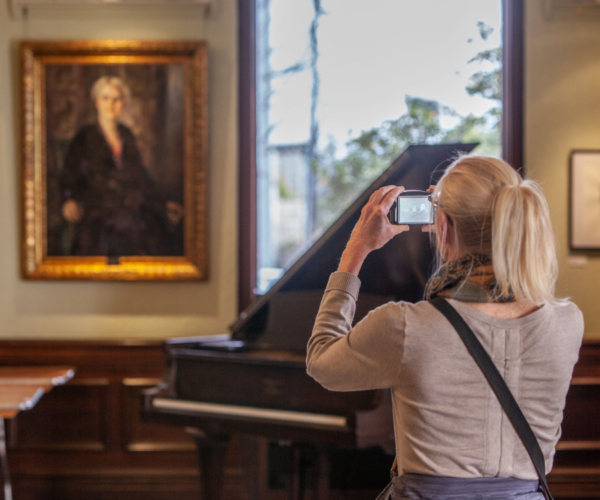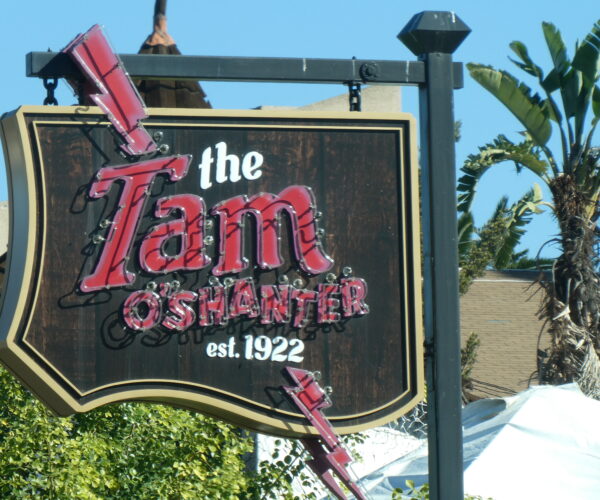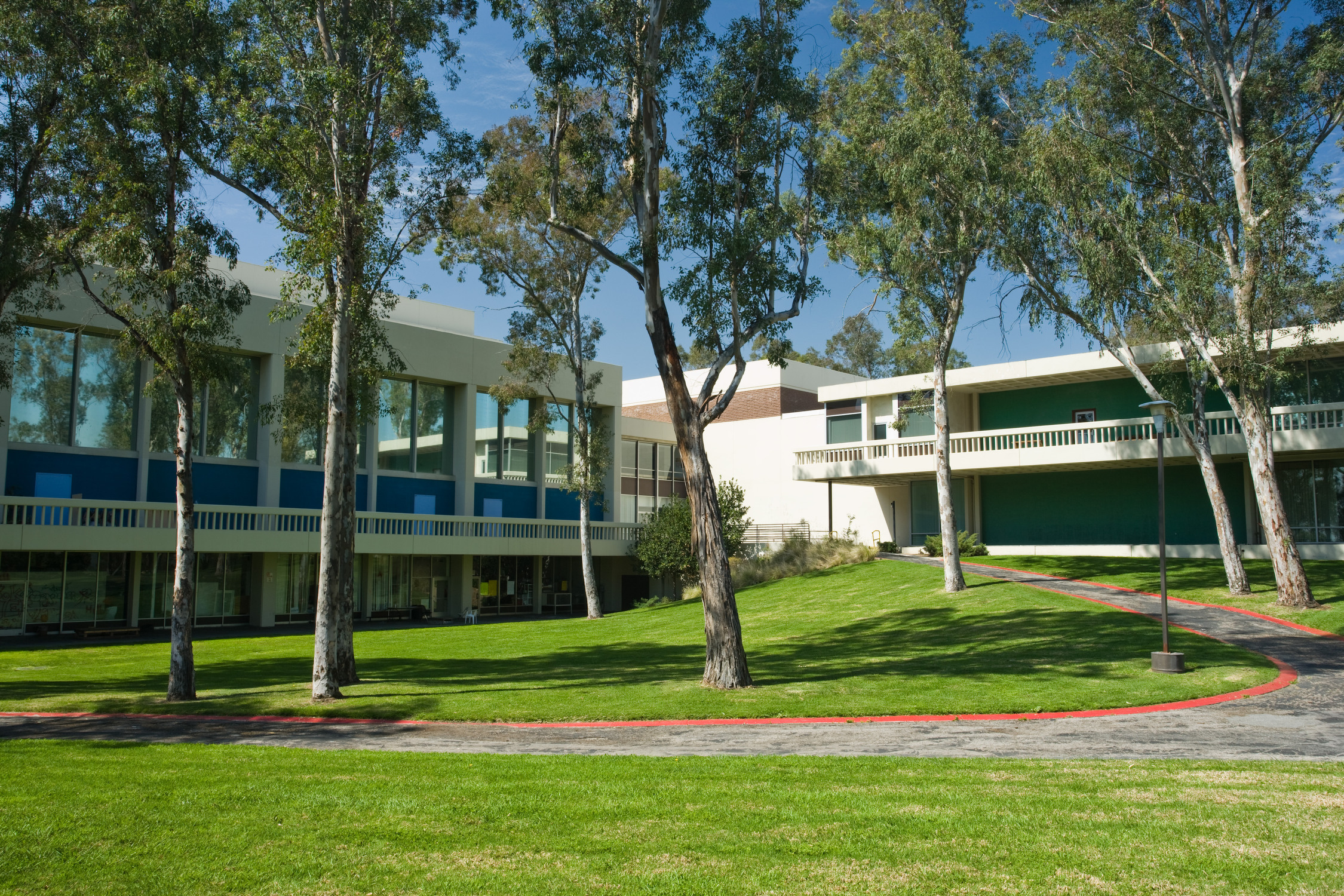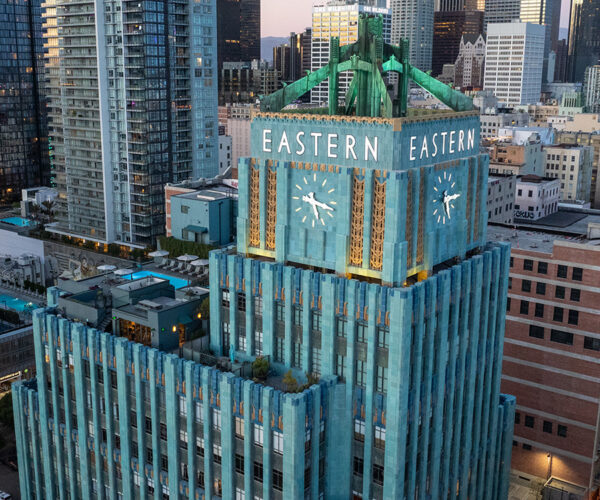Membership Matters
Article
An Interview with Janis Ashley
By Gabriela Philo
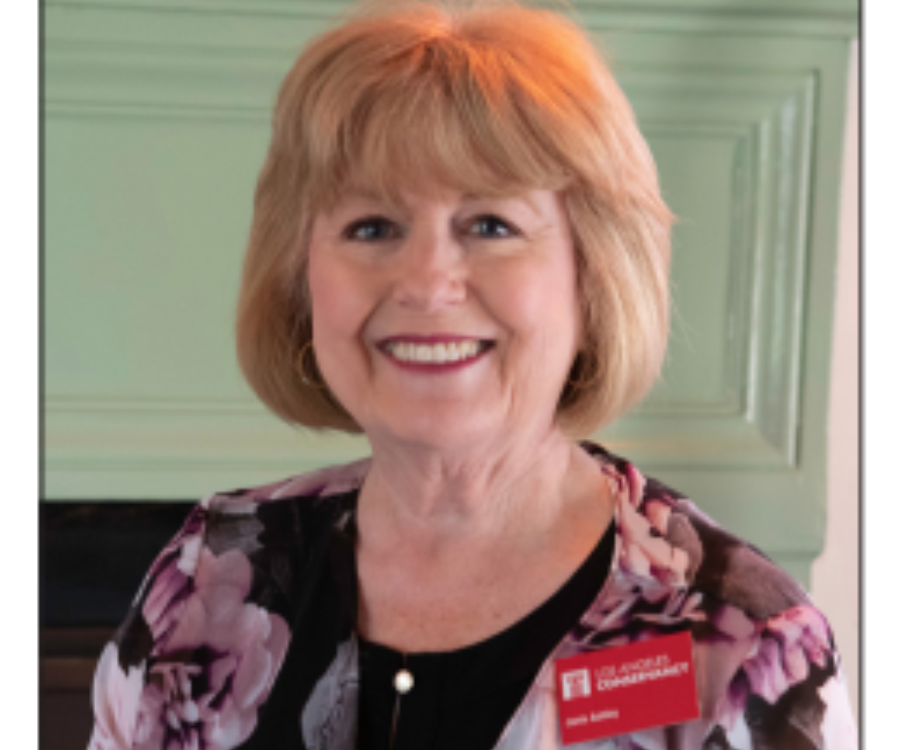
We had the pleasure of interviewing Janis Ashley, one of our longstanding volunteer docents, and member of the Conservancy’s legacy giving group, the Pillar Society.
What compelled you to become a member of the Conservancy?
After taking tours with the Conservancy, I became a member and a docent. I am still both. I really enjoy leading weekly walking tours – my specialty is the Art Deco tour – and helping at the special tour events, like the Fashion District tour, the Chinatown tour, and the From Goose to Google benefit. I also can’t forget Last Remaining Seats, which is a great event both for classic movies and historic theaters.
Which neighborhood do you live in and what makes it full of character and distinct?
I was born in downtown L.A. at the Methodist Hospital of Southern California. I currently live in Santa Clarita which derives its character through its history. It is home to silent film star William S. Hart’s retirement home and to the first commercially successful oil refinery. In 1929, it was the site of the Great Saugus train robbery. In 1876, Charles Crocker drove a gold spike with a silver hammer that joined the rails linking L.A. to San Francisco.
Why did you become a member of the Pillar Society?
I am a Pillar Society member because I really believe in the work the Conservancy does to protect the built environment of L.A. So many amazing and historical buildings have been torn down, and buildings tell the story of L.A. With each lost building a bit of the city’s history also disappeared.
Every year, the Los Angeles Conservancy holds an annual luncheon for Pillar Society members. What did you enjoy about it?
I was able to attend my first Pillar Society luncheon last year, which was held at the historic 1922 Tam O’Shanter pub. It was an opportunity to meet other members who share a belief in the Conservancy’s mission. The luncheon was held at one of my favorite restaurants— where I got engaged!
Our members love L.A.!
Learn about some of Janis Ashley's favorite historic places in L.A. County.
Join the Conservancy!
Become a member today and help preserve L.A. County's architectural and cultural heritage.
Read More